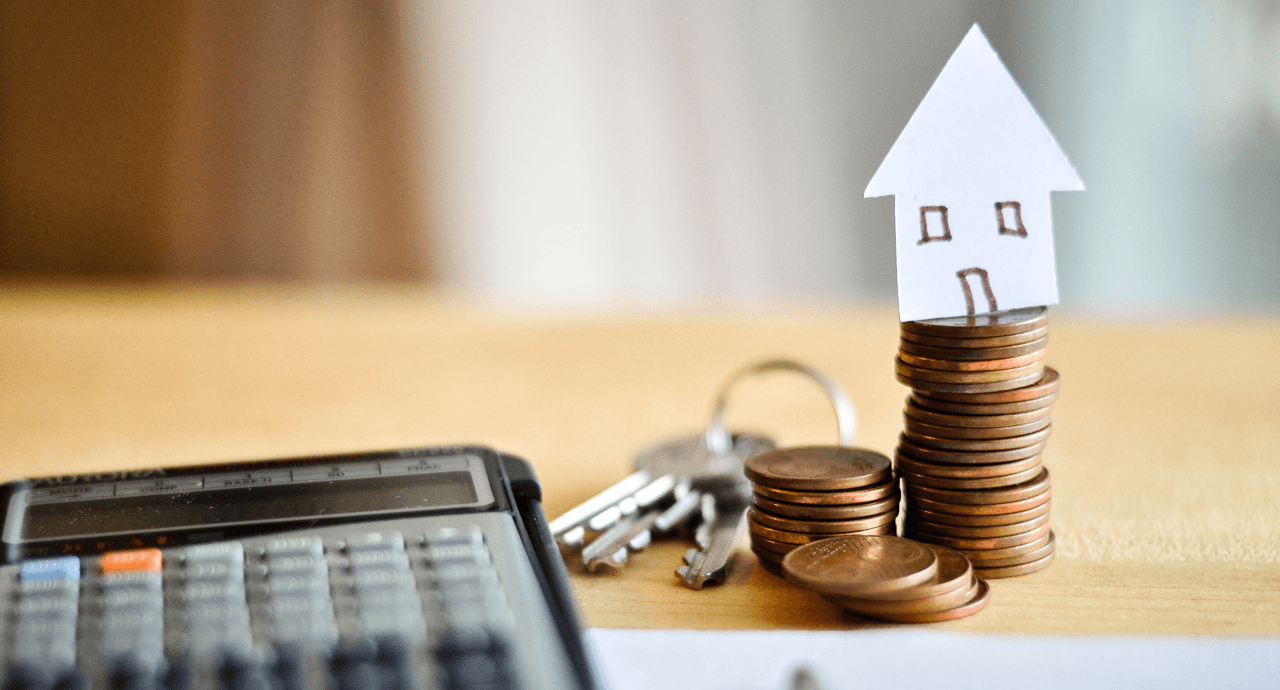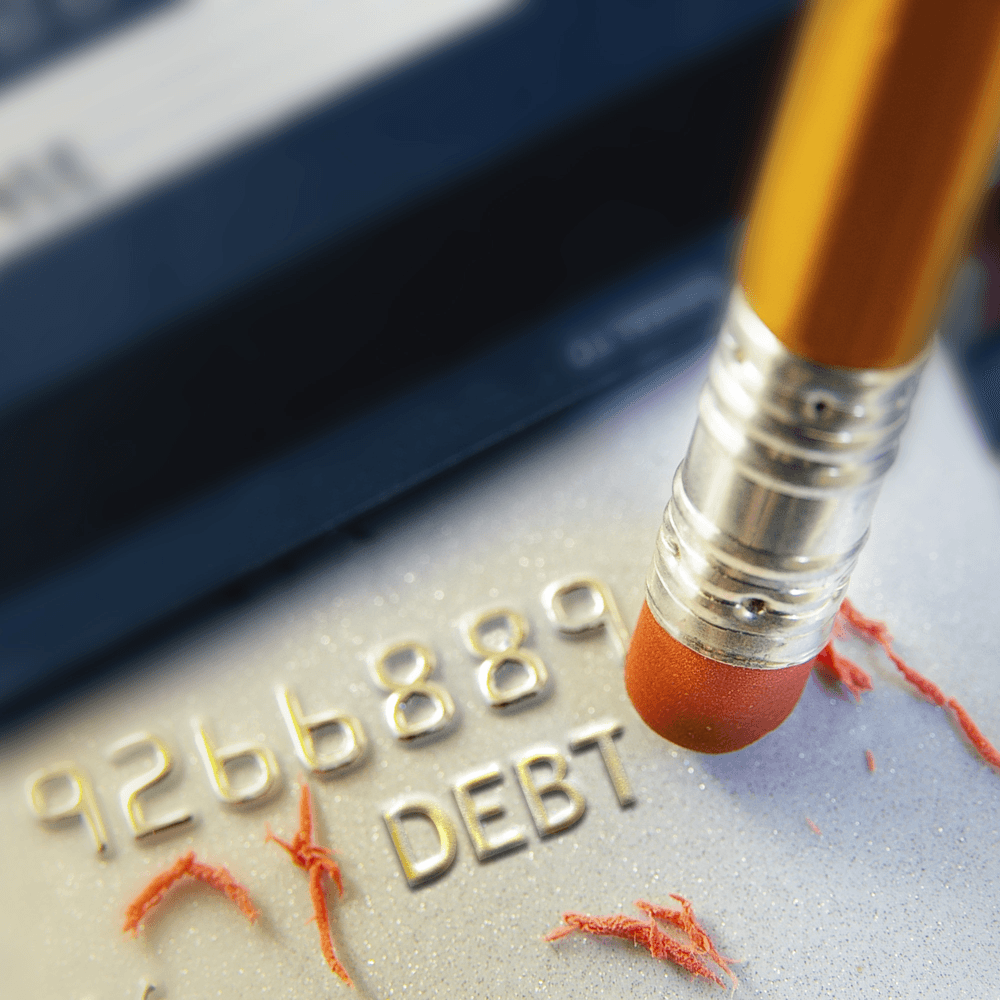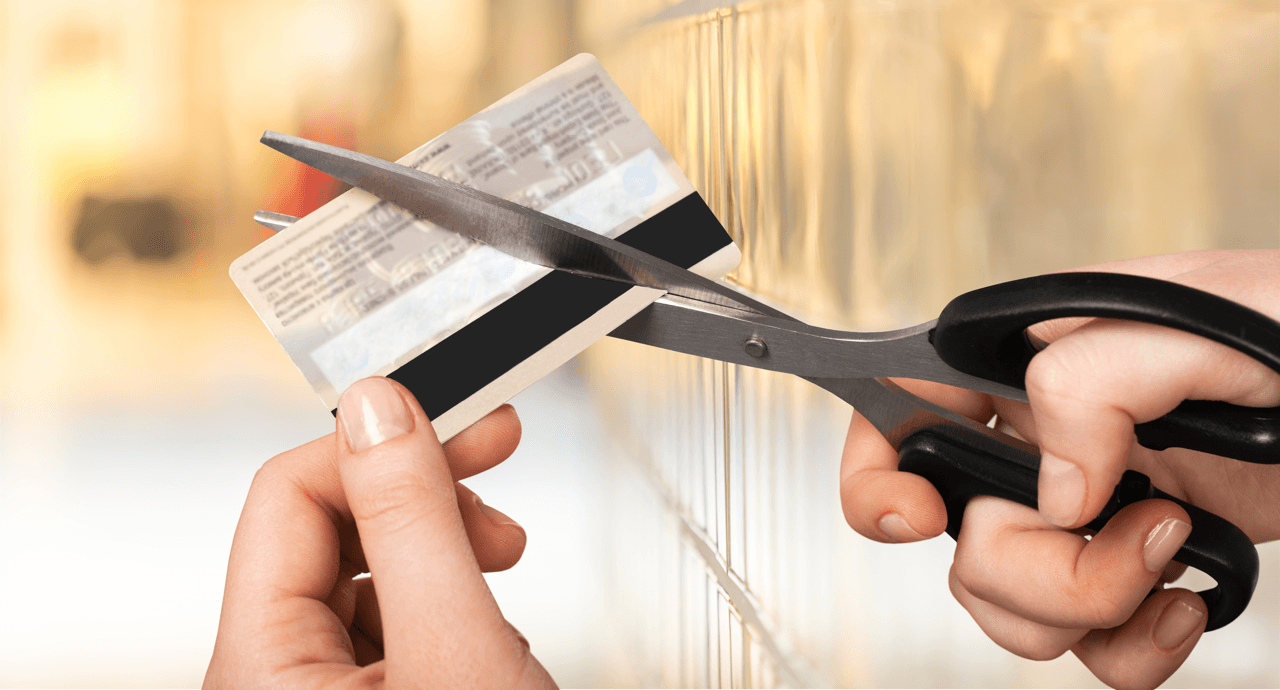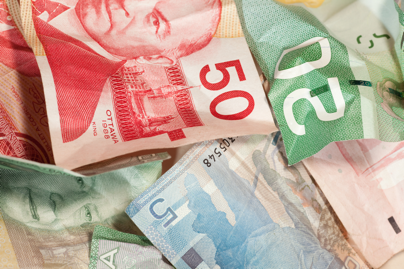 If you’re like most Canadians, you are carrying debt that affects your daily lifestyle. Perhaps your debt service ratio is too high and you are unable to qualify for a mortgage. Or the monthly payments are starting to pile up to where you have no disposable income left after you get paid and you are living paycheque-to-paycheque. The truth is, you are not alone. Many Canadians are in the same situation, and we have put together a guide to getting out of debt faster.
If you’re like most Canadians, you are carrying debt that affects your daily lifestyle. Perhaps your debt service ratio is too high and you are unable to qualify for a mortgage. Or the monthly payments are starting to pile up to where you have no disposable income left after you get paid and you are living paycheque-to-paycheque. The truth is, you are not alone. Many Canadians are in the same situation, and we have put together a guide to getting out of debt faster.
The average Canadian currently owes about $1.70 for every $1.00 they earn. You are certainly not alone in your situation. Life happens, and it’s normal to take on debt to get out of a sudden unexpected situation. But before you take extreme measures such as filing for bankruptcy, there are other methods of handling your current liabilities in a way that leaves you feeling in control of your finances.
Before we begin, download our supporting Excel spreadsheet to help you organize your financial information.
Outline Your Debts
Before we offer our tips for success, you need to outline in detail your current income and debts. By doing so, you’ll empower yourself to make the right decisions for your financial recovery. Be sure to include everything you owe, except your housing costs (mortgage or rent).
In your Excel spreadsheet, outline the following:
Creditor:
Total Due:
Interest Rate:
Monthly Payment:
Order/reorder your debts first by total due, then by interest rate. We’ll explain why this is important in a moment.
Outline Your Income and Living Expenses
Here, you will outline all of the income in your household, including any second jobs or extra income you earn. Use the amounts after taxes, so the actual amount of money you take home.
In your Excel spreadsheet, outline the following:
Income from all sources:
Rent/mortgage payment:
Property taxes:
Monthly utilities:
Monthly groceries:
Monthly fuel for vehicles:
Insurance premiums (vehicles):
Insurance premiums (housing):
Other related fees:
After you’ve entered all of your incoming money and outgoing expenses, you’ll be left with your disposable cash amount. This is the amount you’ll work from to determine how to apply payments to your debts.
 How to Apply Payments to Pay Debt Faster
How to Apply Payments to Pay Debt Faster
Now you have your spreadsheet filled in, and your debts are separate from your living expenses. The reason for this is to understand clearly how much of your money is left over after the expenses needed to live. Sometimes we can become clouded by the amount of monthly payments we have to make across our entire budget that it can mislead us. We perceive we are in a much more dire situation than we really are, and when we become more organized with our finances, the clouds can sometimes clear and reveal the reality of the situation.
One method of paying down debts is to shift how you pay them. You may be taking your disposable income and spreading it evenly among all of your debts, but this is only scratching the surface, and most often your interest charges will put most of that payment amount back on.
Instead, look at your list of debts and choose your lowest hanging fruit. Make minimum payments on all other debts, and shift the remainder of your disposable income to this one debt. You’ll make larger payments and bite into that principle amount much faster this way.
Example: You have three credit cards, which you’ve ordered from highest owing to lowest.
Credit Card A: $25,000 total due at 23% interest
Credit Card B: $15,000 total due at 15% interest
Credit Card C: $4,500 total due at 19% interest
You’ll choose Credit Card C to tackle first. Even though the interest rate is not the lowest, it has the lowest amount owing and can be paid off sooner than the other two. By paying off your low hanging fruit first, you open up that money to now start tackling the next card in line, which would be Credit Card B.
Make an agenda of payments if it helps you stay on track. Use another tab on your spreadsheet to track your paydays and note the payment amount you’ll apply to which debt. For some, it can be encouraging to create a timeline to paying off each debt.
Bonus tip: take your credit cards out of your wallet and deposit them into a household safe or a safe deposit box at a bank. Stop using them; you’ll need to stop the bleeding before you can mend it.

Creating More Disposable Income
Once you filled out your financial information in your spreadsheet, you may become discouraged by your disposable income amount. Don’t fret, this is still normal for many Canadian families. There may be ways you can open up more of your income to use toward debt payments in the form of budgeting or making lifestyle changes.
This isn’t to say there won’t be some sacrifices. Paying off debt is important to your future financial success, and sometimes we’ll have to get serious about our spending in order to take control of our debt.
Take a good hard look at your latest bank statement. Are there items on that statement that are not essential? What might seem like a small investment one day, if done daily, adds up to quite a bit at the end of one month. Here are some examples of where spending can be adjusted:
Daily coffee: $60/month
Lunch out once a week: $30/month
Movie night once a month: $80/month
Pizza once a month: $40/month

These are the most common items, and yours may vary. However, if you add up the examples above, that’s $210 per month alone in unnecessary spending.
Also, look at any subscriptions you currently pay for, such as satellite radio, music streaming service, Netflix, gaming services, etc. Are they essential or can they be canceled until such time you have your debts paid down? These items typically cost a small amount per month, but add them all together and you’ll be surprised at the total dollar amount.
A big one, and this one hurts, is taking a look at your cell phone bills. Can you reduce your plan, at least for the next year, to free up valuable dollars?
Now, we aren’t saying not to have fun anymore, but making a goal and reducing unnecessary spending can be a simple way to free up some funds for debt repayment. As an example, you could make a goal of saving $150 in random spending per month to use toward debt payments.
Negotiate Lower Interest Rates
Take a look at your list of debts. Are there any creditors on your list that may be open to an interest rate negotiation? Credit cards are typically a good candidate for this option, as they sometimes offer an annual fee in exchange for a lower interest rate. As an example, you may be currently paying 19.99% interest on a credit card with $0 annual card fee, but you may negotiate a $50 annual fee to drop your interest rate to 12.99%. The savings in interest may pay for the annual fee in one month, leaving your savings for the rest of the year in your pocket.
If you are able to negotiate lower interest rates, keep your payment amount the same. This will help you dig into the principle amount faster and not take any more money out of your pocket than before.
 Meal Planning
Meal Planning
For most families, groceries are a huge expense every month. We all need to eat, but statistics show that the average Canadian throws away 170 kilograms of unused food each year. By putting together a strict meal plan every two weeks, you can easily control how much food you buy, and only buy exactly what you need. This can save you thousands of dollars per year in unused food.
When meal planning, consider how you can make a crockpot meal on Sundays that stretches a few days, either for lunches or easy dinners after long, hard workdays. You’ll buy less food this way, too, which will make your daily life less stressful and free up extra cash for debt payments.
Buy regular items in bulk and on sale, such as toilet paper, tissues, shampoo, etc to extend your spending on items you know you’ll need. You can also purchase your proteins from a warehouse or wholesale grocery store and then split into rations when you get it home for the purpose of freezing. For the same price as three pork chops at the grocery store, you can get as many as four times that amount at Costco (although to shop at costco, you need a membership).
Avoid purchasing perishables in bulk if you aren’t certain you’ll get through them all before they expire. This is the most common form of food (and money) waste in the average household.
Conclusion
There are many ways to reduce your debt load quickly, but it takes strict discipline on your part to come up with a plan and stick to it. However, once you start achieving paid off debts, you’ll feel a sense of freedom and control that you once couldn’t imagine.

